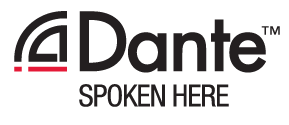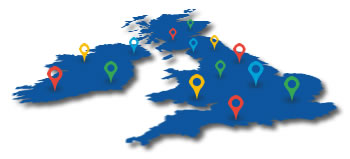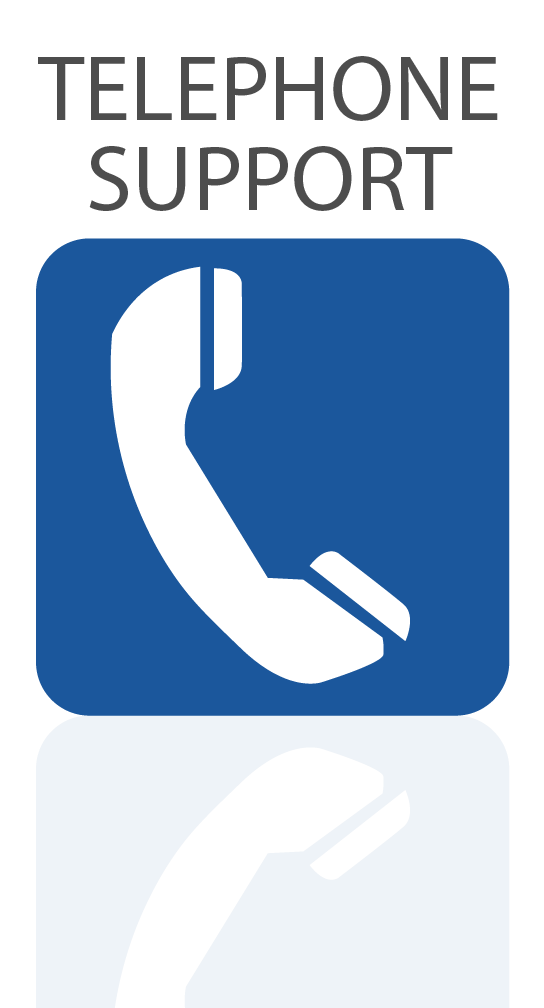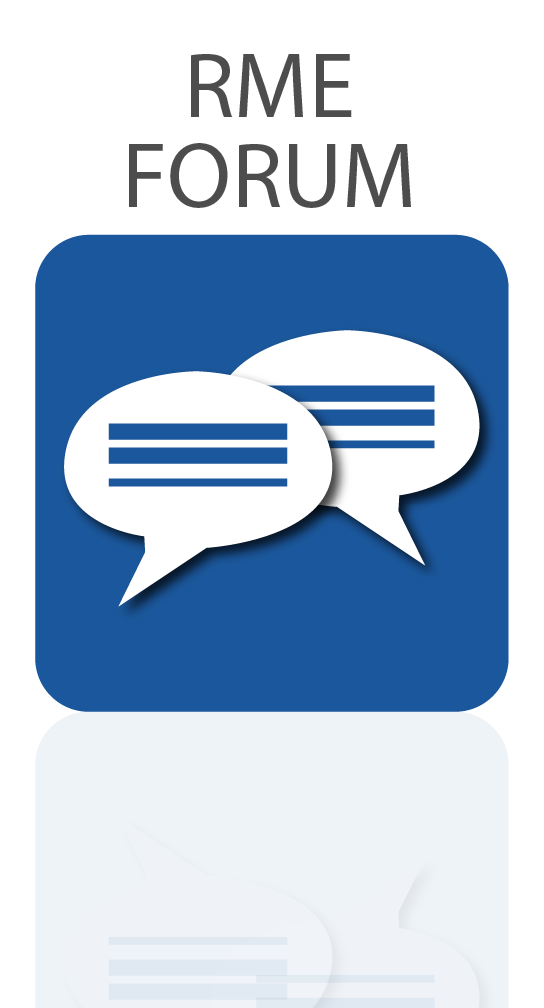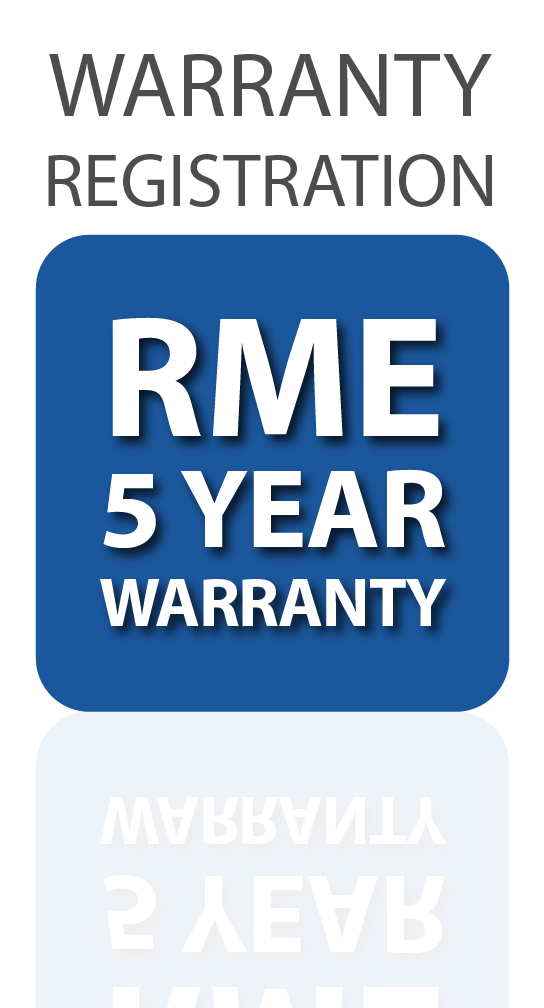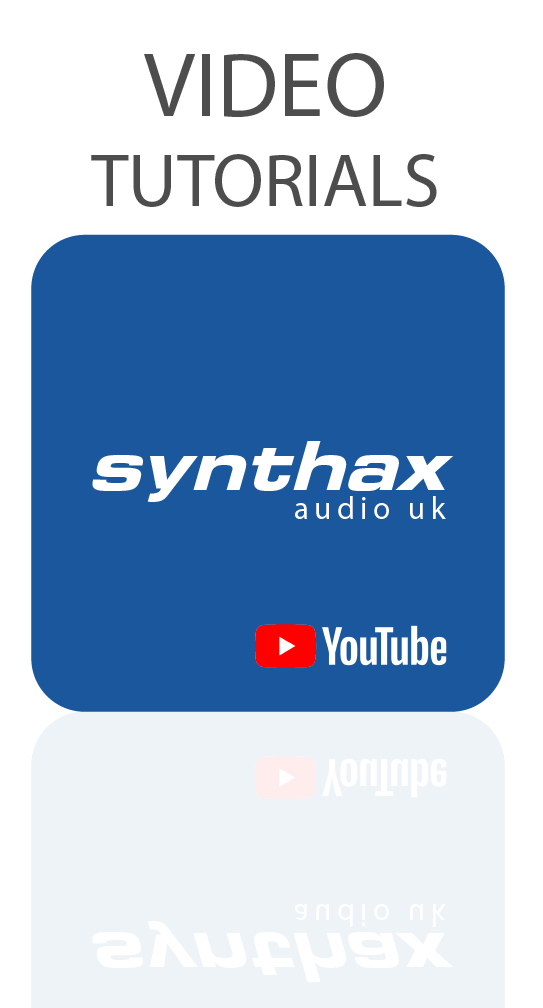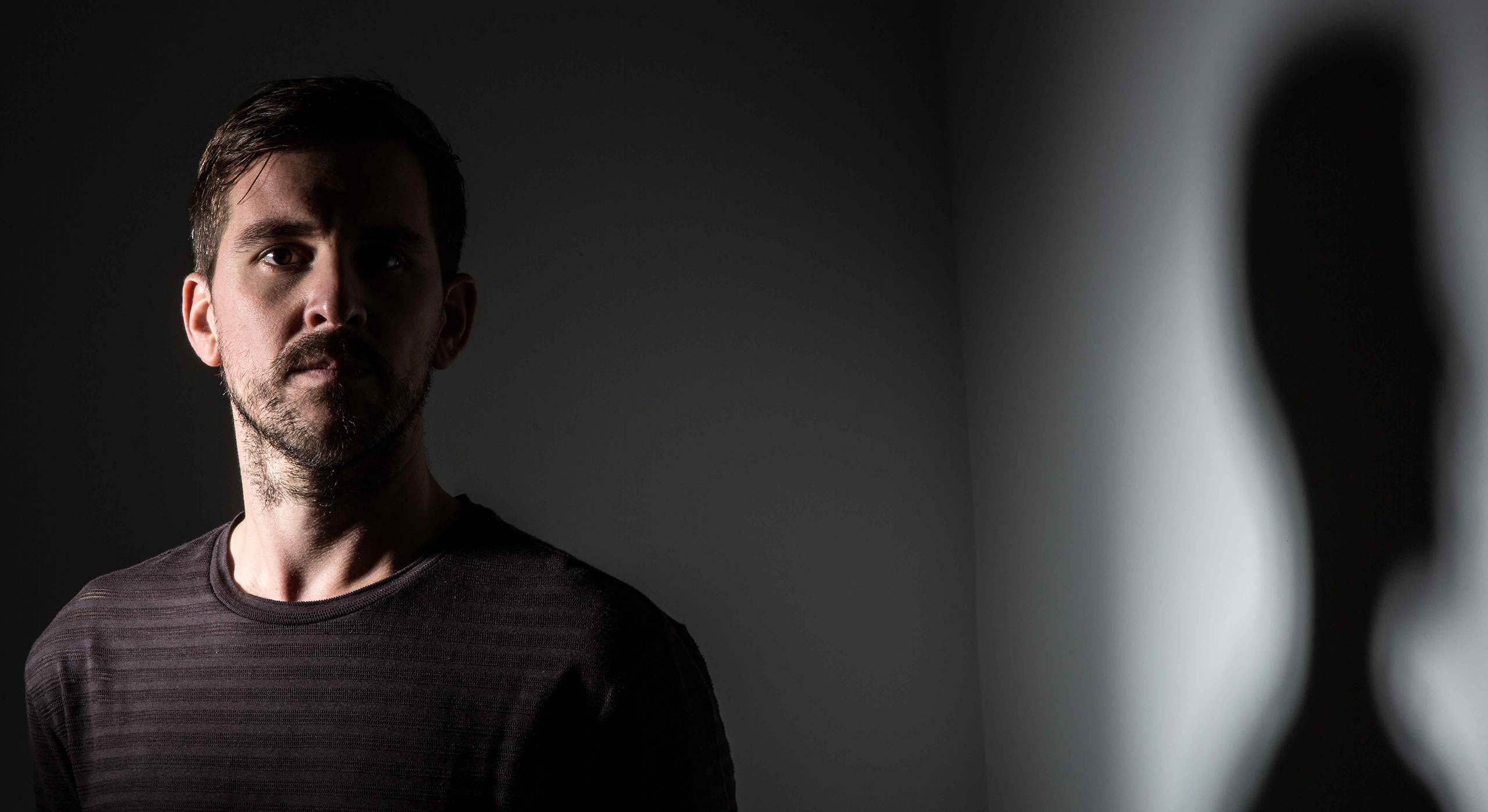
House and Techno producer Reset Robot on basing his studio around RME and Ferrofish
Reset Robot is the creative moniker of Dave Robertson, a seasoned producer and DJ hailing from Portsmouth on the UK’s south coast.
With a career spanning over 15 years, he’s built a global reputation for his hypnotic blend of house and techno – delivering standout sets at premier clubs and festivals worldwide.
Since launching the Reset Robot project in 2009, his studio output has landed on renowned electronic imprints such as Drumcode, Hotflush, Mobilee and Anjunadeep, along with his own Whistleblower Records – driven by evolving synths, laid-back percussive grooves and razor-sharp production.
We visited Dave’s studio in Portsmouth to find out more about his studio setup, which is based around an RME Fireface UFX III interface and a Ferrofish Pulse 16 for expansion.
See more videos at Synthax TV
Do androids dream of electric bleeps?
“I’ve been writing music for around 25 years,” Dave says by way of introduction.
“I’ve always predominantly been about dance music – house, techno. Now as I’m getting a bit older I’m sort of moving into more general ‘electronica’ I guess you could say. But I’ve always been into a variety of different styles of electronic music.”
“The heart of my setup is my DAW – Reason – with everything running into the RME Fireface and Ferrofish Pulse 16. I like to use a mixture of software and hardware, and the RME and the Pulse have really helped bring everything together. It’s all routed in one place, and everything’s available at any time. I was using another brand for my interface before, and yeah it wasn’t cutting it for me, not enough digital inputs and some other stuff. Moving over to these has made my workflow much nicer.
“Then with Totalmix (RME’s routing software) it’s easy to route any of my synths into the collection of pedals I’ve got whilst monitoring it through Reason. That wasn’t an option for me before, so it’s really good being able to send whatever I want into the different FX units, and the options that gives me in the studio.
“Both the Ferrofish and Fireface have been great straight out the box. Maybe a couple of phone calls to tech support, mostly whilst I was getting my head around how the routing works on both devices. With regards to how they both sound though, it’s been perfect.”
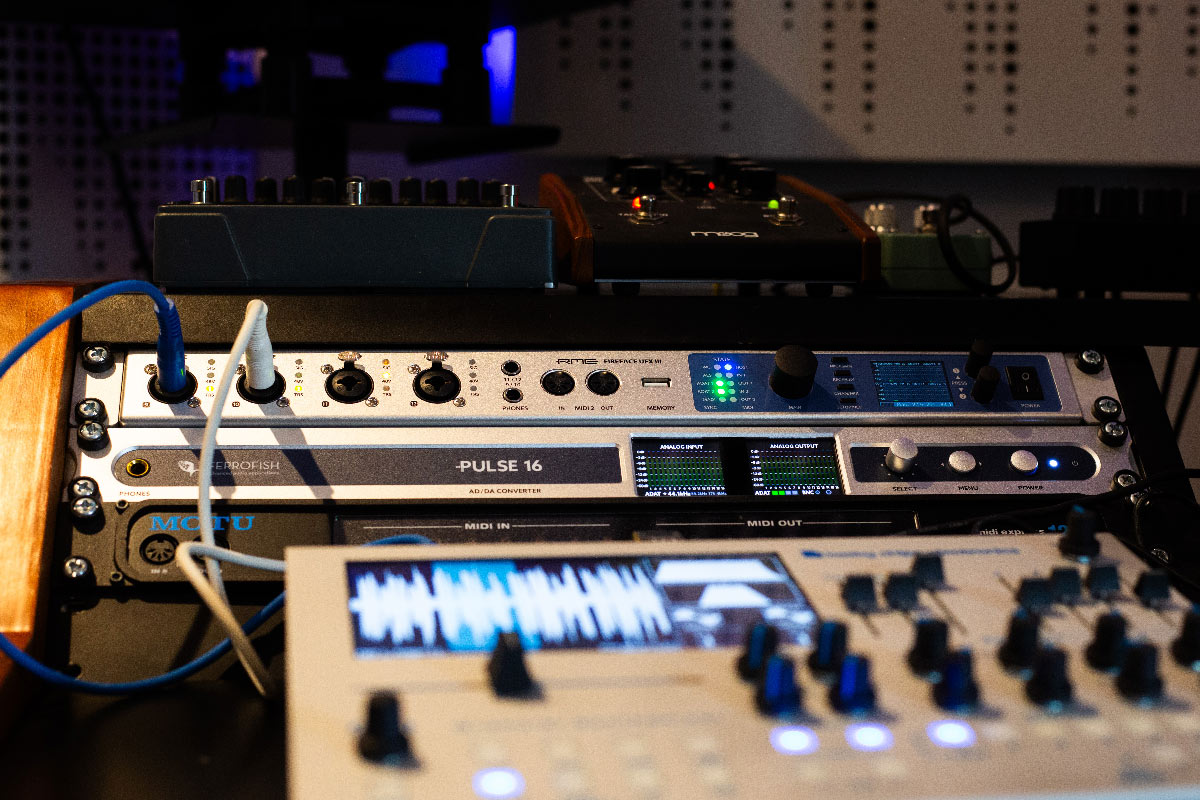
Studio Favourites
Like a lot of modern dance producers, Reset Robot’s setup is a mix of hardware and software – keyboards, synths, drum machines, and a range of FX units provide endless options for processing, adding further colour to each sound.
“I’ve got a Roland JP8000,” he says giving us a tour of his synthesizer collection. “The Korg MS2000 which is a favourite, then a Moog Matriarch, Moog Sub 37, Roland SH-101, and two Elektron drum machines. Everything is clocked from the ER-M multiclocks. So you press play in Reason, the clocks kick in, and everything is synced. They’re a big part of making all of this come together, making sure arpeggios and everything else is synced, which is obviously really important.
“My favourite synth would be, still, the Korg MS2000! I always mention it. I don’t know what it is about it, it’s got a sound that just sits somewhere different in the mix compared to my other synths. It’s got a really nice feel and sound to it, the filter sounds amazing. It’s just a slightly unusual sound and I just love it.
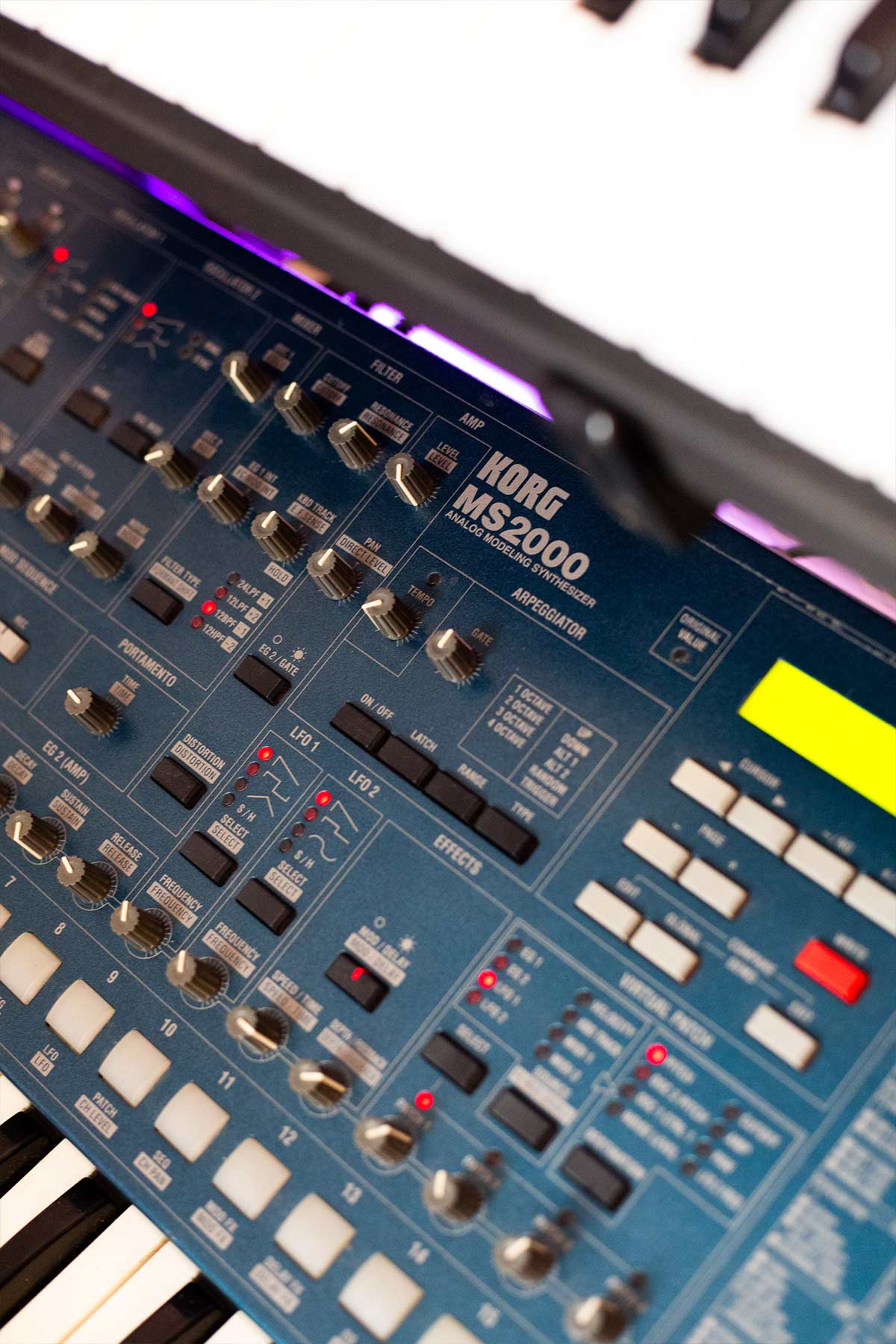
“They’re all different though. They’ve all got a different aesthetic, their own unique sound. The Moog stuff has a certain character to it – I’d say the Matriarch and Sub 37 sound quite similar, but they each have their own different purposes. And yeah, having all these different synths, I think it just adds character to your music, and keeps things fresh with the different workflows, the way they make you work in slightly different ways.
“My favourite module in Reason is probably the Thor synth, I regularly end up with about 20 of those running in a single project, especially if I’m writing in the box. For processing I love the Scream distortion and the RV7000 reverb. And the little delay unit – it’s probably been there since Reason 1, but it does the trick on most things and helps keep the CPU down.”
Bringing it all together with RME and Ferrofish
“I wanted to avoid the patchbay basically, and have all of these machines available to me at any time,” Dave says of what led the Fireface UFX III and Pulse 16 combo. “If people come to the studio and they want to send some MIDI to something, it’s there, it’s on, it’s available straight away.
“For me and my workflow, personally I don’t want to have to be scrapping around for cables, plugging things in and out. I’d rather just have everything ready to go at any time. Even if I’m writing predominantly in the box, I can just copy a MIDI part on to another track, then send it to one of the hardware synths.”
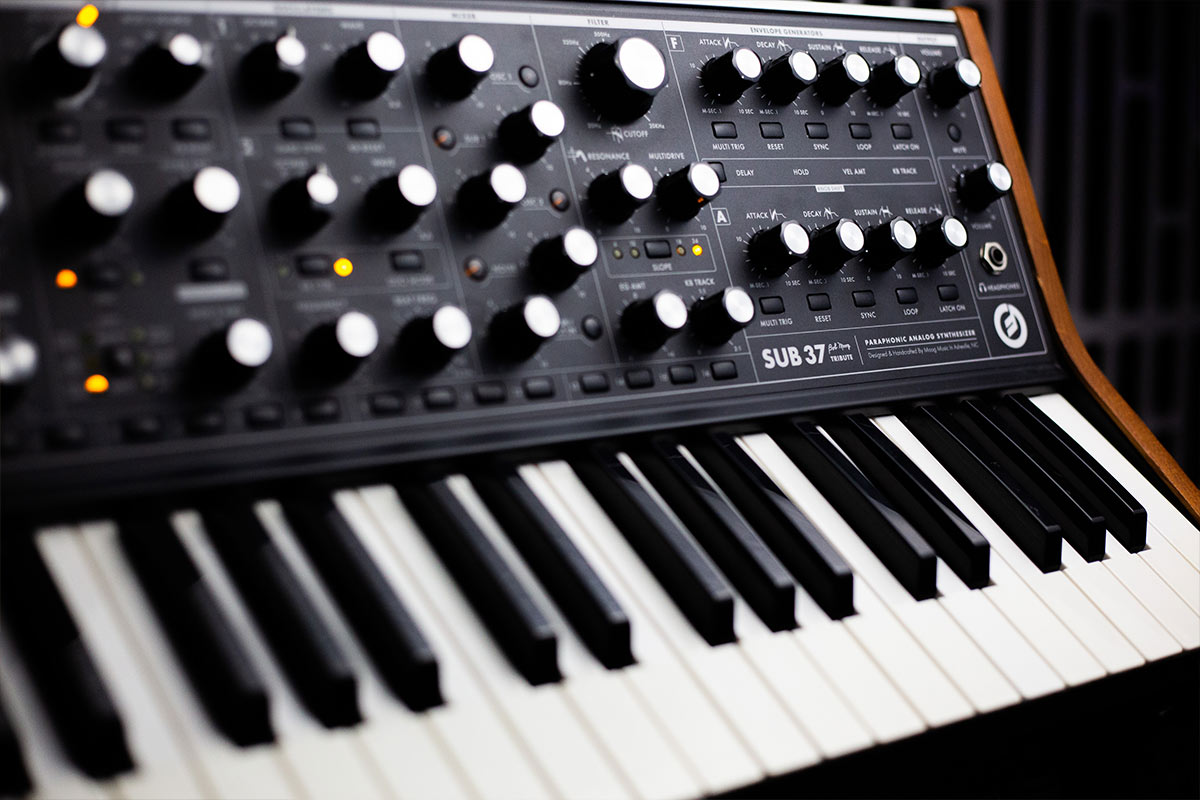
Advice on starting a new track
Whilst Dave has been writing music under the Reset Robot name for over 15 years now, even the most seasoned of producers can find it tricky to get the creative juices flowing at times. We were keen therefore to find out if Dave has any tips when starting on a new track.
“If I’ve got a day to myself in the studio, I would probably start with some sort of pad or texture,” he says. “The JP8000 is great for that, for getting a mood going, so I’d probably start with something from there first. Beds of sounds are really important, and having some sort of textures to build off is a great starting point, maybe something that’s slightly musical but not too overpowering. That can give you a great base to work from.
Then maybe add some drums from the Elektron, get something ryhthmic going over the top. I’m also a massive fan of Splice at the moment, especially for things like textures and percussion hits, and other interesting or unusual sounds. Splice can be amazing for that, for finding interesting sounds to work from.
“Even if it doesn’t make the final tune, it just gives you something to start building from. A nice swelling chord progression or pad sound, even something simple, it ‘puts you somewhere’ mentally.
“And then from there it’s just knowing your bits of kit, and having your own process or workflow that you know will get you somewhere quite quickly.”
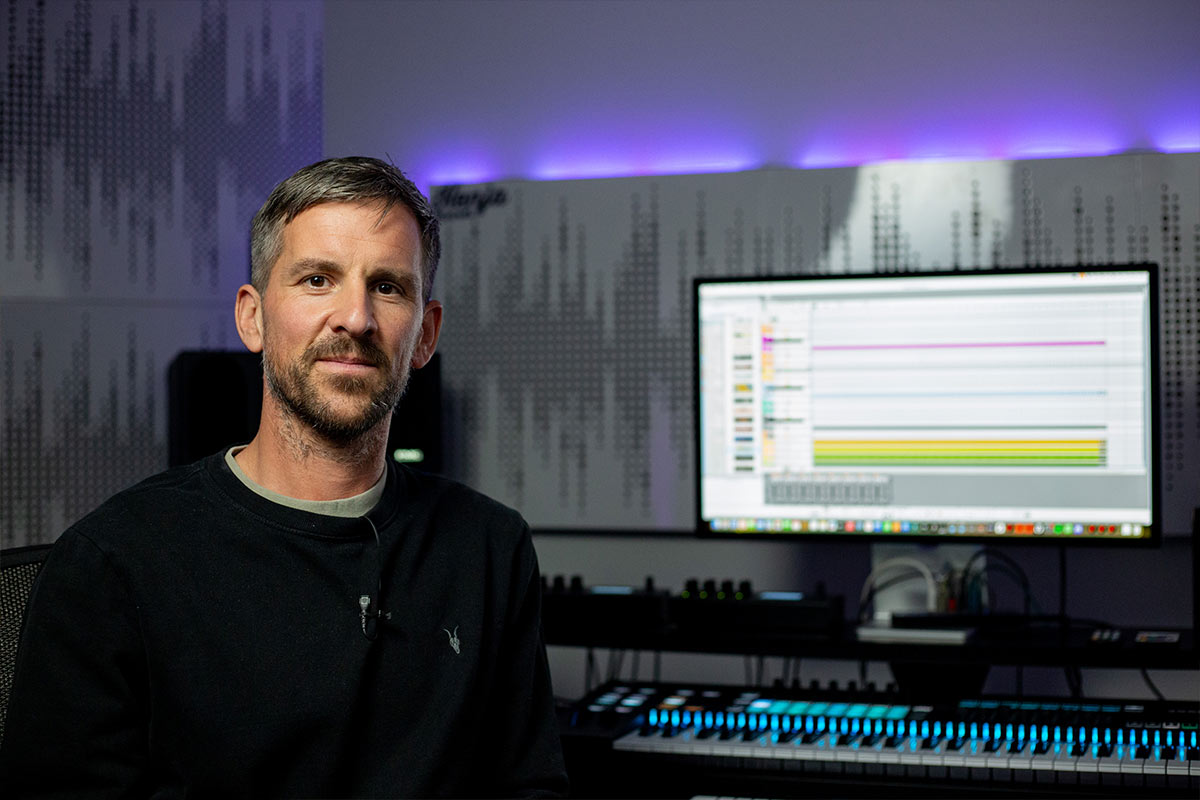
What’s next for Reset Robot?
“I just had a release on Anjunadeep,” Dave says of his upcoming projects. “It’s a bit more electronica, and a collaboration with John Gurd. After that we’ve got more music coming out from the two of us on his Echo Forms label. We’re really just pushing that project at the moment, just creating more music, and getting some more of our work out there. I’m sure I’ll continue to work with Anjuna as well.
“I’m actually not actually doing a lot of touring now, I stopped in 2019 just before Covid. I kind of retired from DJing, although I did do a live show with John Gurd in Albania last year which was really nice to do. But it’s not something I’m massively pursuing any more – to be honest I’m more comfortable in the studio, working on my own music and the co-productions I’m involved in. That’s where I get the most enjoyment.”
Our thanks to Reset Robot. For an introduction to his music check out his Soundcloud and Bandcamp.
See the full range of RME Audio Interfaces
See the full range of Ferrofish AD/DA Converters







